
The Indonesian Army is the land branch of the Indonesian National Armed Forces. It has an estimated strength of 300,400 active personnel. The history of the Indonesian Army has its roots in 1945 when the Tentara Keamanan Rakyat (TKR) "People's Security Forces" first emerged as a paramilitary and police corps.

The Jayakarta Jaya Military Regional Command is the military district of the Indonesian Army which oversees the Greater Jakarta area. It is tasked with territorial army duties, specifically for the defense to the capital city region of Indonesia.

Kodam XII/Tanjungpura, is an Indonesian Army Regional Military Command that covers West Kalimantan and Central Kalimantan province. Kodam Tanjungpura also oversees the defense of Indonesian border region with the Malaysian state of Sarawak.
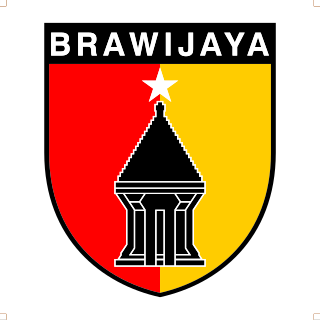
Kodam V/Brawijaya is a military region command of the Indonesian Army, as the 5th Kodam, which oversees the entire East Java Province. It traces its history to the first formation of the East Java Division in 1948.

The Indonesian Army has formed a large number of infantry battalions since it was formed from provisional militias during the Indonesian National Revolution against the Dutch colonial rule, 1945–1949. Today, the International Institute for Strategic Studies' Military Balance 2007 lists the Army with 2 brigades plus 60 other battalions in the KODAMs, or Military Regional Commands, and nine battalions in KOSTRAD, the Army Strategic Reserve Command. There are also around nine airborne battalions.
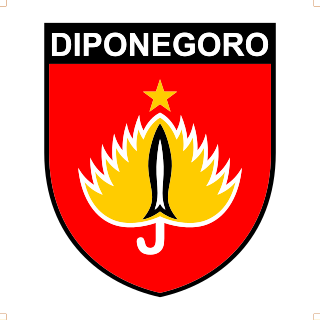
KODAM IV/Diponegoro or IV Military Regional Command/Diponegoro is a military area command of the Indonesian Army. It covers the provinces of Central Java and Special Region of Yogyakarta on the island of Java. It is named after the Java War hero Prince Diponegoro. It appears to have been first established in 1950, and inherited the heritage of the former 3rd Diponegoro Division and other Central Java infantry units. Diponegoro Division personnel have been very significant in the history of the Indonesian Army. Among its early officers were Sarwo Edhie Wibowo, who served as battalion and regimental commander in the division from 1945-53. Former commanders of the division include Soeharto, a former president of Indonesia. Divisional personnel, including Lieutenant Colonel Untung Syamsuri, were involved in the 30 September Movement events of 1965. Former president Susilo Bambang Yudhoyono was also member of this KODAM when he took command of KOREM 072/Pamungkas at Yogyakarta during his military tenure.

Military Region Command II/Sriwijaya is an Indonesian Army Regional Military Command that covers the provinces of Bengkulu, Jambi, South Sumatra, Bangka-Belitung Islands and Lampung.

Kodam IX/Udayana is a military regional command of the Indonesian Army which is responsible for the Lesser Sunda Islands. It was established as part of the 1985 reorganisation of the Indonesian National Armed Forces (TNI) and included East Timor until that province achieved independence in 1999.

Komando Daerah Militer XVII/Cenderawasih or Kodam XVII/Cenderawasih, is a military area command of the Indonesian Army, as the 17th Kodam, which is responsible for the defense of the provinces of Papua, South Papua, Central Papua and Highland Papua.
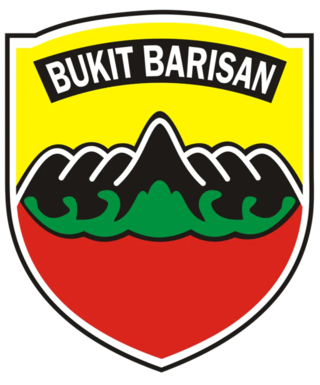
Military Regional Command I/Bukit Barisan is an Indonesian Army Regional Military Command that covers the Sumatran provinces of North Sumatra, West Sumatra, Riau and Riau Islands. The command takes its name from the Barisan Mountains.

Iskandar Muda Military Region Command is a military territorial command of the Indonesian Army. It has been in active service as the local division for Aceh Province. Its emblem is a white elephant, after the war elephants that served in the namesake's army during his rule as Sultan of Aceh.

Kodam VI/Mulawarman is a military territorial command of the Indonesian Army. It has been in active service as the local division for the provinces of North Kalimantan, East Kalimantan and South Kalimantan.
Airborne Raider Infantry Battalion 305th / Skull is an Indonesian Army unit. It is one of the three Battalions of the Raiders in the 17th Airborne Raider Infantry Brigade, 1st Kostrad Infantry Division. This Infantry Battalion was established on September 7, 1949 in Bintaran Kulon, Yogyakarta.

The Indonesian Military Regional Commands also known officially as Military Area Commands are military districts of the Indonesian Army that function for the territorial defense of various regions within the country. They cover one or multiple provinces.
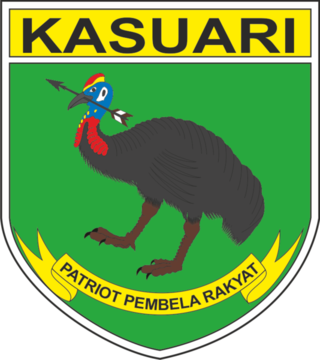
Komando Daerah Militer XVIII/Kasuari, is the Defense Regional Command in Southwest Papua, and West Papua Province, which was created in 2016 with the division of parts of Kodam XVII/Cenderawasih which is located in Jayapura, Papua Province.

Korem 033/Wira Pratama, or Military Area Command 033rd/Wira Pratama is a Military Area Command (Korem) under Kodam I/Bukit Barisan. Its garrison is located on Tanjung Pinang city, Bintan Island, Kepri. It consist of four Military District Commands (Kodim) divided into 34 Military District Command Sectors (Koramil) and one infantry battalion.
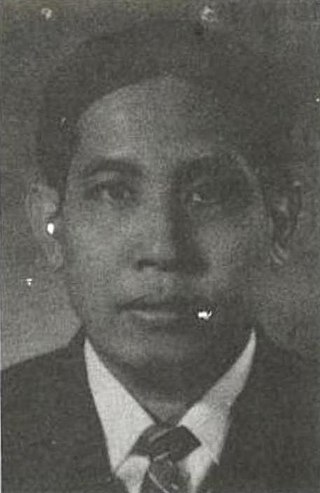
Antonius Josef Witono Sarsanto was an Indonesian military officer and diplomat who became the Ambassador of Indonesia to Japan.
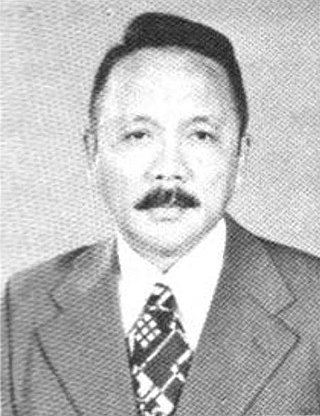
Lieutenant General Raden Himawan Soetanto, M. Hum. was a high-ranking officer of the Indonesian Army and former Commander of the Indonesian Army Strategic Reserve Command.

Kristomei Sianturi is an Indonesian army general who is currently serving as the Chief of the Army Information Services (spokesperson). He served in the position since 31 October 2023. He had been assigned to different military units in the Army Strategic Reserve Command and army territorial units.
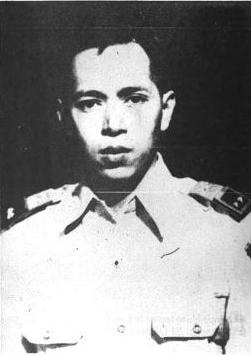
Ahmad Nasuhi is an Indonesian former military officer who served as the Vice Governor of West Java between 1968 and 1973. He served in the Indonesian Army during the Indonesian National Revolution as a commander of a battalion within the Siliwangi Division, and was a noted anti-communist officer in the Indonesian military following Indonesian independence. He was imprisoned in the late Sukarno period due to his role in attacks on communist offices, before being freed during the Suharto period and becoming vice governor.




















